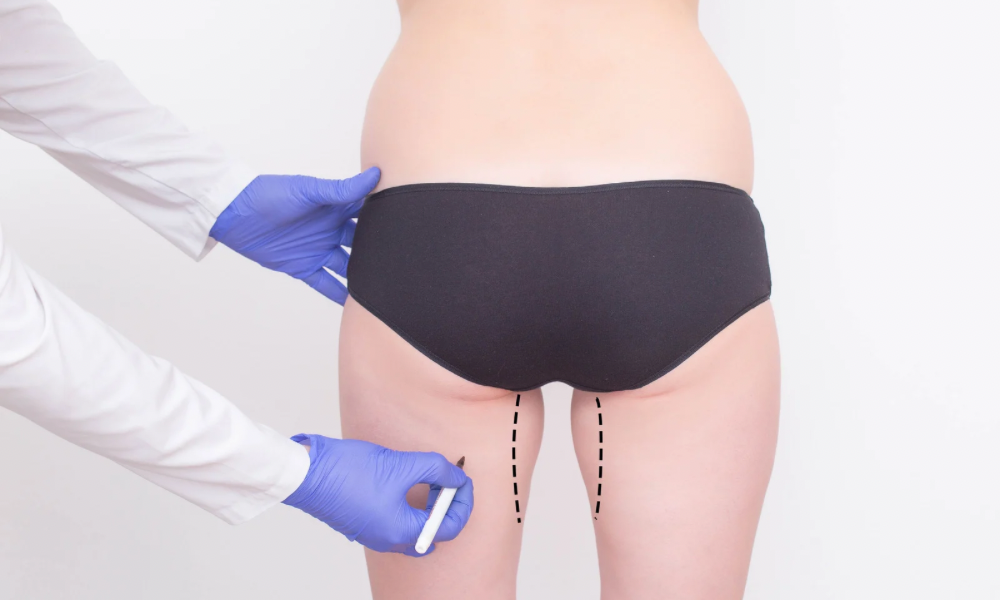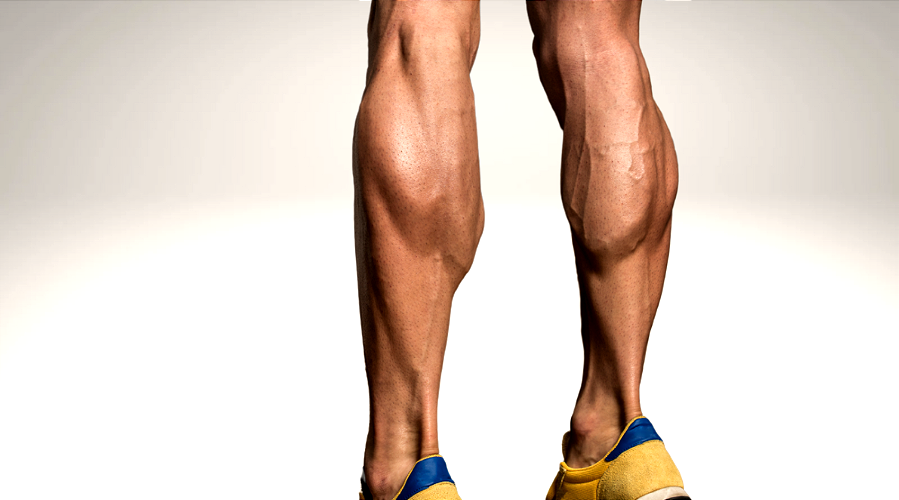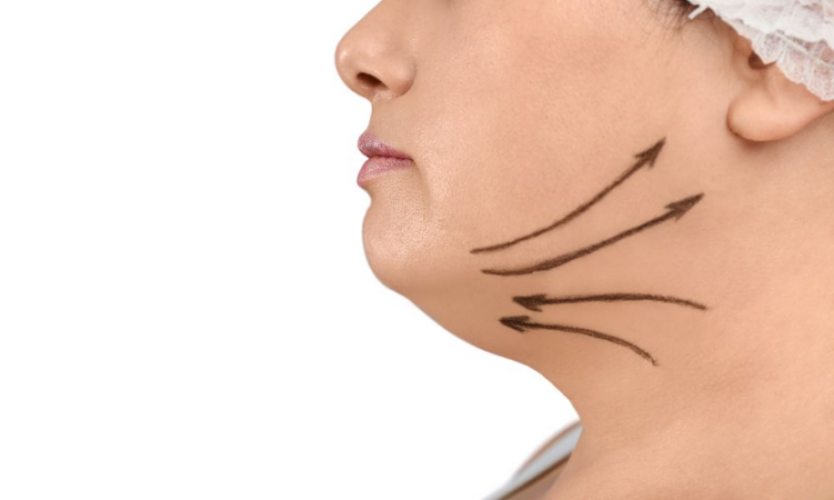Thigh contouring cosmetic surgery is a procedure that aims to enhance the shape and appearance of the thighs. It is typically done to address concerns such as excess fat, loose skin, or sagging in the thigh area.
There are different techniques used for thigh contouring, depending on the specific goals and needs of the patient. Liposuction is commonly used to remove excess fat deposits and improve the overall contour of the thighs. This procedure involves the insertion of a thin tube called a cannula to suction out the unwanted fat.
In cases where there is also loose or sagging skin, a thigh lift may be performed. This involves removing excess skin and tightening the remaining skin for a more toned and youthful appearance. The incisions for a thigh lift are usually made in the groin area or along the inner thigh.
Thigh contouring surgery is typically performed under general anaesthesia and may require a recovery period of a few weeks. It is important to consult with a board-certified plastic surgeon to discuss your goals, expectations, and any potential risks or complications associated with the procedure.
INDICATIONS:
Thigh contouring surgery, also known as thighplasty, may be indicated for individuals who have specific concerns or conditions related to their thighs. Some common indications for thigh contouring include:
1. Excess fat deposits: Individuals who have stubborn pockets of fat in the thighs that are resistant to diet and exercise may opt for thigh contouring surgery to achieve a more proportionate and defined thigh shape.
2. Sagging or loose skin: Weight loss, ageing, or genetics can lead to loose or sagging skin in the thigh area. Thighplasty can help remove and tighten this excess skin, resulting in a smoother and firmer thigh appearance.
3. Thighs with poor contour or shape: Some individuals may have naturally asymmetrical or disproportionate thighs. Thigh contouring surgery can help reshape and enhance the overall contour of the thighs, creating a more balanced and aesthetically pleasing appearance.
4. Massive weight loss: Individuals who have undergone significant weight loss, either through diet and exercise or bariatric surgery, may be left with excess skin and tissue in the thigh area. Thighplasty can be part of a body contouring procedure to address these concerns and achieve a more refined body shape.
It is important to note that each individual’s situation is unique, and the indications for thigh contouring surgery should be evaluated on a case-by-case basis.
SURGICAL STEPS:
The surgical steps of thigh contouring procedures can vary depending on the specific technique used and the patient’s individual needs. However, I can provide a general overview of the steps involved in a common thigh contouring procedure like liposuction:
- Consultation: The process begins with a consultation with a board-certified plastic surgeon. During this consultation, the surgeon will evaluate your goals, discuss your medical history, and determine if you are a suitable candidate for thigh contouring.
- Anesthesia: Thigh contouring procedures are typically performed under anesthesia. The type of anesthesia (local, intravenous sedation, or general anesthesia) used will depend on the extent of the procedure and the surgeon’s preference.
- Incisions: In liposuction or similar minimally invasive procedures, small incisions (usually less than half an inch in length) are made in inconspicuous locations on the thighs.
- Tumescent Solution: A tumescent solution, which contains a mixture of saline, anesthetic, and epinephrine, is injected into the treatment area. This solution helps numb the area, reduce bleeding, and facilitate fat removal.
- Liposuction or Liposculpture: Using a thin, hollow tube called a cannula, the surgeon will carefully break up and suction out excess fat from the thighs. The surgeon sculpts the area to achieve the desired contour.
- Closure: After the fat removal is complete, the incisions are typically closed with sutures or surgical tape. These incisions are small and usually leave minimal scarring.
- Compression Garments: Patients are often fitted with compression garments or bandages to help reduce swelling, support the treated area, and aid in the healing process.
- Recovery: Patients are closely monitored as they wake from anesthesia. The surgical team will provide post-operative instructions for care and recovery.
- Follow-Up: Patients will have follow-up appointments with their surgeon to monitor progress, remove sutures (if used), and ensure proper healing.
It’s important to note that more extensive thigh contouring procedures, such as thigh lift surgery, involve additional steps, including the removal of excess skin and tissue, which may require larger incisions and more complex surgical techniques.
The specific surgical steps can vary based on the chosen procedure and the patient’s unique anatomy and goals.
RISKS AND COMPLICATIONS:
Thigh contouring procedures, like any surgical procedure, come with potential risks and complications. It is important to be aware of these risks and discuss them with a qualified plastic surgeon before undergoing any surgical intervention. Some possible risks and complications associated with thigh contouring procedures include:
- Infection: There is a risk of developing an infection at the incision sites. This can usually be managed with antibiotics, but in rare cases, it may require additional treatment or revision surgery.
- Bleeding or hematoma: Excessive bleeding or the formation of a hematoma (a collection of blood under the skin) can occur after surgery. This may require surgical intervention to address the issue.
- Poor wound healing: Some individuals may experience delayed wound healing or wound breakdown, which can result in visible scars or require additional treatment.
- Scarring: Thigh contouring procedures involve incisions, and while efforts are made to minimize scarring, some scarring is inevitable. The extent and visibility of the scars will depend on various factors, including the surgical technique used, individual healing characteristics, and post-operative care.
- Changes in sensation: Temporary or permanent changes in sensation, such as numbness or altered skin sensitivity, can occur in the treated area. These changes typically improve over time but may persist in some cases.
- Asymmetry: Despite the surgeon’s best efforts, there is a risk of asymmetry between the treated thighs. This can be due to variations in healing and individual anatomy.
- Deep vein thrombosis (DVT): DVT is a blood clot that forms in a deep vein, usually in the leg. It can be a rare but serious complication following surgery. Measures such as early mobilization, compression stockings, and blood thinners are often used to minimize this risk.
- Anesthesia-related risks: General anesthesia carries its own set of risks, including allergic reactions, respiratory complications, and adverse reactions to medications. These risks are typically managed by an experienced anesthesia team.
RECOVERY:
Recovery following thigh contouring procedures, such as liposuction or thigh lift surgery, can vary depending on the specific procedure and individual factors. Here are some general guidelines:
- Swelling and Bruising: Swelling and bruising are common after thigh contouring procedures. They typically peak within the first few days and gradually subside over several weeks.
- Compression Garments: Your surgeon may recommend wearing compression garments to help reduce swelling and provide support to the treated areas. Follow your surgeon’s instructions regarding garment use.
- Rest and Activity: Rest is essential during the initial recovery period. You may need to take time off from work and avoid strenuous activities for a specified period, which can vary based on the procedure.
- Pain Management: Pain and discomfort are normal after surgery. Your surgeon will prescribe pain medication or recommend over-the-counter options to manage pain.
- Follow-Up Appointments: Attend all scheduled follow-up appointments with your surgeon to monitor your progress and address any concerns.
- Scar Care: If your procedure involves incisions, follow your surgeon’s instructions for scar care, which may include using scar creams or silicone sheets.
- Diet and Hydration: Maintaining a balanced diet and staying hydrated can support the healing process. Avoid excessive salt, as it can contribute to swelling.
- Gradual Return to Activities: After the initial recovery period, you can gradually increase your activity level, following your surgeon’s guidance. Avoid high-impact exercises until cleared by your surgeon.
- Results: It may take several months to see the final results of your thigh contouring procedure as swelling subsides and the tissues settle.
- Patience: Be patient with your recovery, and don’t rush the process. Follow your surgeon’s recommendations diligently to optimize your results and minimize complications.
It's crucial to have a thorough consultation with a board-certified plastic surgeon before undergoing any thigh contouring procedure. They can provide you with personalized guidance and expectations for your specific case.







